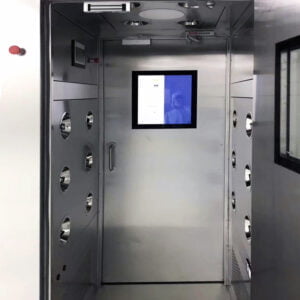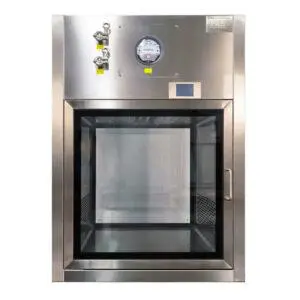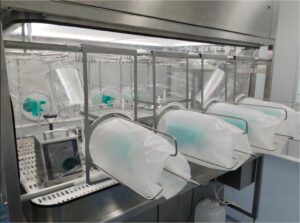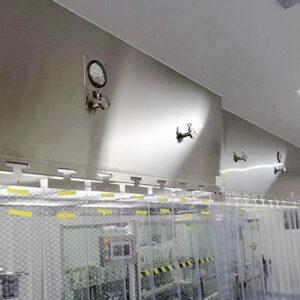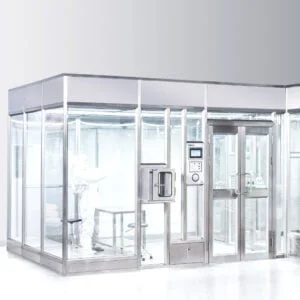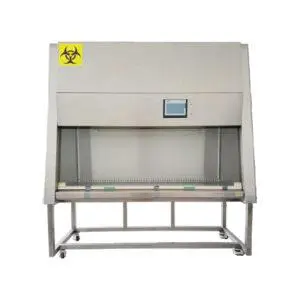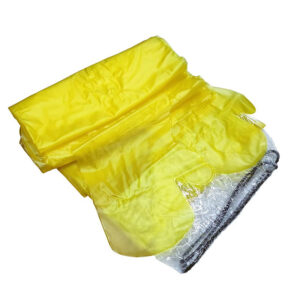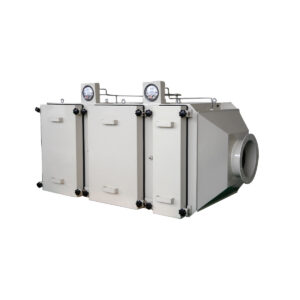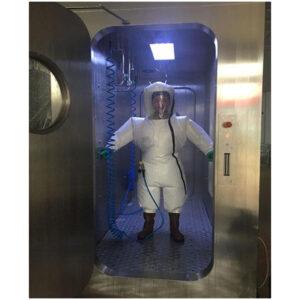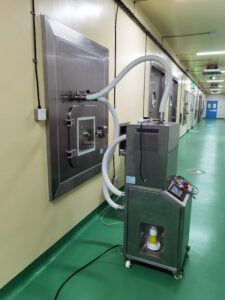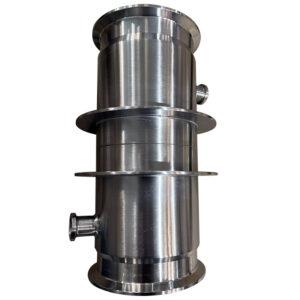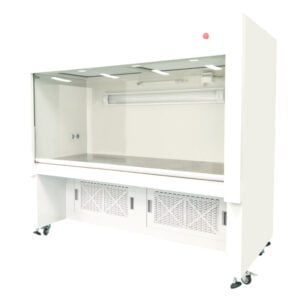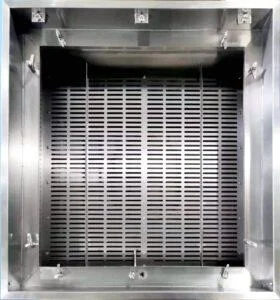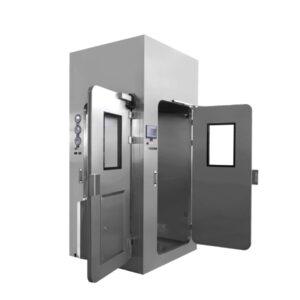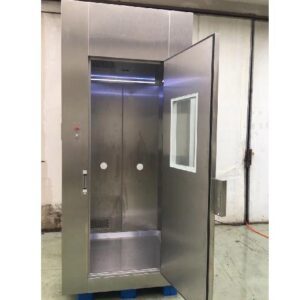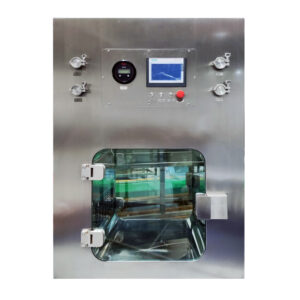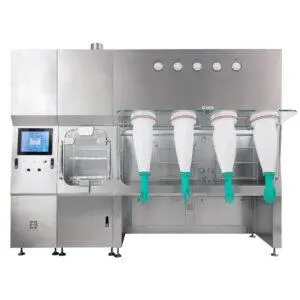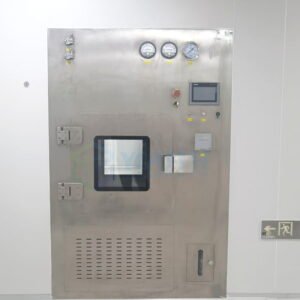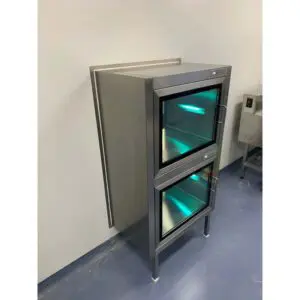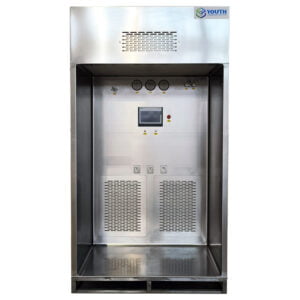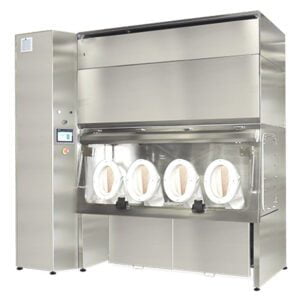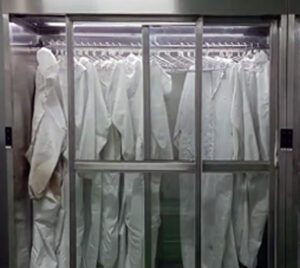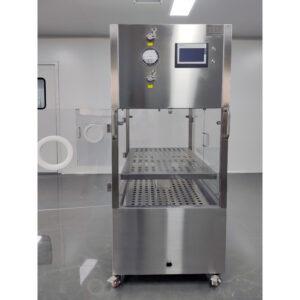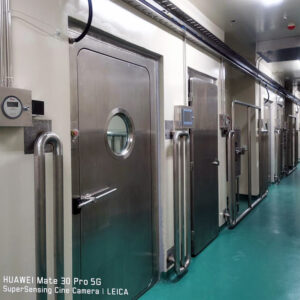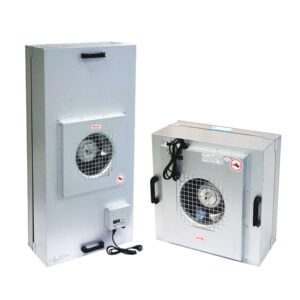In the pristine world of clean rooms, where precision and purity reign supreme, ensuring the safety and well-being of workers is paramount. These controlled environments, often found in industries like semiconductor manufacturing, pharmaceuticals, and research, demand strict adherence to regulations to maintain both product quality and worker safety. Here’s a deep dive into the OSHA requirements that govern these sterile spaces.
The Foundation of Clean Room Safety: OSHA Standards
The Occupational Safety and Health Administration (OSHA) sets the gold standard for workplace safety, and clean rooms are no exception. Under the General Industry Standard, 29 CFR 1910, clean rooms must comply with a myriad of regulations to ensure a safe working environment.
Essential Elements: OSHA Poster and Records
Every clean room facility must prominently display the OSHA poster, informing workers of their rights and protections. Additionally, employers with more than ten employees must maintain the OSHA 300 log, a detailed record of work-related injuries and illnesses.
Medical Services and First Aid
Immediate access to medical services is crucial. If an infirmary, clinic, or hospital is not nearby, employers must train personnel to administer first aid. First aid supplies must be readily available, and emergency facilities for flushing corrosive materials must be provided in areas where workers are exposed to such hazards.
Ventilation and Air Quality
Clean rooms rely heavily on advanced ventilation systems to remove contaminated air. These systems typically include enclosures, ductwork, dust collecting equipment, exhausters, and discharge stacks. This ensures that the air remains clean and free from harmful particles.
Personal Protective Equipment (PPE)
PPE is a cornerstone of clean room safety. Workers must wear protective gear such as gloves, safety glasses, and lab coats when handling chemicals or using equipment. This gear must be maintained in a sanitary and reliable condition to prevent injuries and exposures.
Fire Prevention and Emergency Plans
A comprehensive fire prevention plan is mandatory. This includes having fire extinguishers at each exit, emergency action plans, and regular training for employees. Clean rooms must also have exit routes clearly marked and unobstructed to ensure quick evacuation in case of emergencies.
Noise and Chemical Exposure
Employers must administer a hearing conservation program if noise levels exceed 85 decibels. Similarly, exposure to hazardous substances listed in Tables Z-1, Z-2, or Z-3 must be strictly limited, with administrative or engineering controls, or protective measures like PPE, implemented to ensure compliance.
Restroom and Sanitation Requirements
Even in the highly controlled environment of a clean room, basic human needs must be met. OSHA requires employers to provide sanitary and immediately available toilet facilities. These restrooms must offer hot and cold running water, hand soap, and either warm air blowers or individual hand towels.
Training and Compliance
Every person entering a clean room must undergo OSHA and internal safety training annually. This training is crucial for maintaining the integrity of the clean room environment and ensuring worker safety. Regular training sessions, such as those provided by the ERC clean room staff, help in reinforcing these safety protocols.
In conclusion, operating a clean room is not just about maintaining a sterile environment; it's also about safeguarding the health and safety of the workers who make it all possible. By adhering to OSHA's stringent requirements, employers can ensure a safe, compliant, and highly productive workspace. Whether you're in the semiconductor industry or pharmaceuticals, these standards are your blueprint for success and safety.
Related Contents:
- Bag-In/Bag-Out (BIBO) Systems: Operation and Maintenance Guide
- Can Positive Pressure Clean Operating Rooms Be Used for COVID-19 Patients? Understanding Disinfection
- Unlocking the Power of Clean Room Purification: Four Vital Conditions
- Revolutionizing Cleanrooms Equipment: Affordable and Efficient Design and Construction
- What are Clean Room Systems?
- Mastering Clean Room Technology with Fan Filter Units (FFUs)
- What Equipment is Needed for a Clean Room?
- The Importance of HEPA Filters in Clean Rooms for Pharmaceutical Production
- Exploring Clean Room and Clean Laboratory Standards in the Biological and Pharmaceutical Manufacturing Industry
